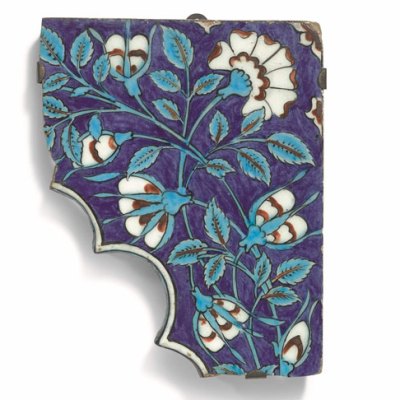It is always fascinating to see what a particular age looks for in the art of the past. In the 21st century it would seem to be anything that unwittingly aspires to the condition of modern art. This is especially evident in the market for tribal art and antiquities which over the last decade or so has seen a colossal rise in value of very specific types of objects, and not least those that share the sleek lines and stylised simplifications of a Constantin Brancusi sculpture – whether Baule masks, Cycladic idols, or Mesopotamian duck weights. As the co-curator of the Getty Center’s ‘Modern Antiquity’ show in 2011, Jens Daehner, once put it: ‘We all have a modern pair of glasses on.’
Brancusi looms large once again with the striking ‘pair’ of anthropomorphic Easter Island rapa, or ceremonial dance blades, offered by Sotheby’s Paris on 12 December. Their spare lines could hardly be purer, their surface patina or interaction more eloquent. Two simple eyebrow arcs branch out of a straight ridge of a nose and end with a suggestion of ear ornaments, while the lower body is a swelling curve with a spinal keel which ends with a phallus. While the remote, and mysterious, Easter Island was first discovered by western seamen in 1722, and wooden artifacts collected soon after, it was not until 1872 that these artfully balanced rapa were observed during ceremonial dances. Evidence of wear on the shafts suggests they were twirled like cheerleaders’ batons. I suspect no one will be twirling these – the auction estimate is a cautious €1m–€1.5m.
Image © Sotheby’s

While high prices have been paid for aesthetically appealing but not necessarily either rare or remarkable tribal art and antiquities, such rapa are exceedingly scarce. Only 17 examples are known, and these two appear to be both early and made by the same master craftsman (the wood of the Sophora toromiro is extremely hard and difficult to carve). Moreover, they are a new addition to the corpus – and the story of their discovery is the stuff of every collector’s dream. According to Jean Fritts at Sotheby’s, they had been bought from a house clearance in Brighton in 2008, and neither the seller nor buyer had any idea what they were. A comparable single rapa had been offered at Sotheby’s Paris in 2014 at €300,000–€400,000 and had realised €1.9m, a record for any Easter Island piece.
Fritts also says that there are 70 buyers who have paid over $1m for individual works of tribal art at Sotheby’s, some of whom have dipped their toe in this market only once. Perhaps 60 per cent of them would not consider tribal art as their primary collection. To encourage even more buyers to broaden their scope, the highlights of the African and Oceanic arts sale were initially exhibited in Paris amid works from the firm’s contemporary art evening sale, with the rapa juxtaposed with Anselm Kiefer’s monumental Die Ungeborenen (The Unborn) from 2004, a work resonant with notions of myth and legend and the beginnings of humanity.
The Arts d’Afrique et d’Océanie sale takes place at Sotheby’s, Paris, on 12 December



